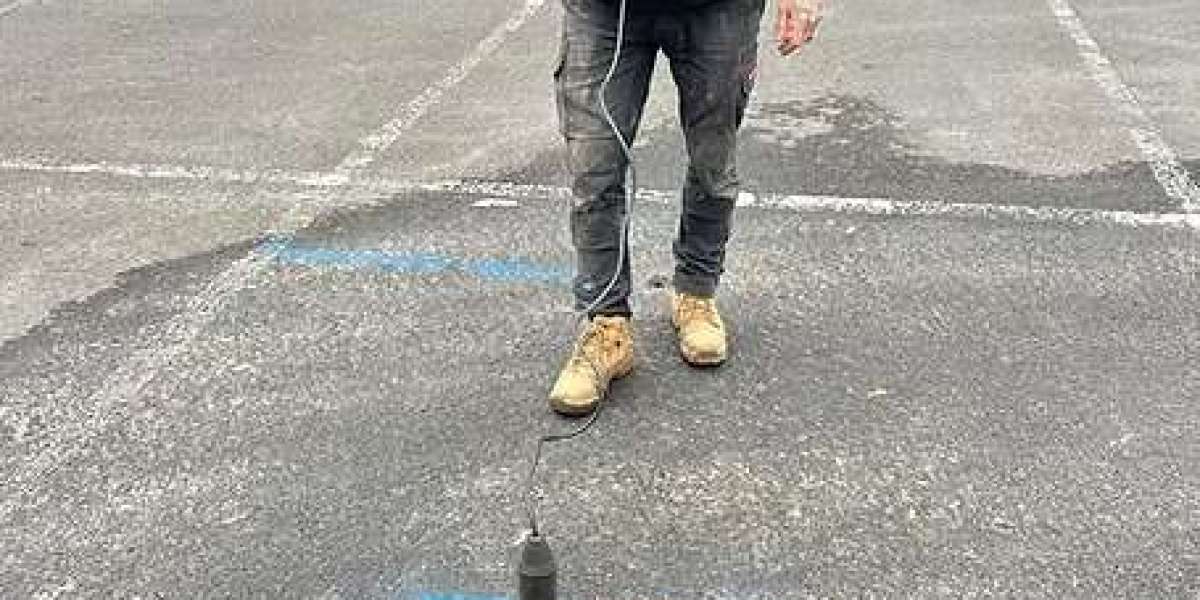Water leaks can often go unnoticed until they cause significant damage. From subtle stains on the walls to unexpectedly high water bills, the indicators of a water leak are often mistaken for something else. And by the time the issue becomes visible, you may already be facing structural damage, mould growth, or a skyrocketing utility expense.
This is why timely water leak detection is crucial. Identifying the problem early can prevent a minor issue from becoming a financial nightmare. In this article, we'll explore the most common hidden signs of water leaks, how professionals detect them, and why proactive action is the best way to protect your home.
The High Cost of Hidden Leaks
Water leaks may seem harmless at first—maybe it’s just a few drips or a damp patch. But those seemingly small leaks can result in:
Structural damage to ceilings, floors, and walls
Mould and mildew growth, which may affect indoor air quality and your health
Foundation issues if water seeps into the ground around your home
Expensive water bills that steadily increase over time
What’s worse is that many homeowners are unaware of the problem until it becomes urgent. That’s where water leak detection services come into play. With advanced technology and non-invasive methods, professionals can locate leaks behind walls, underground, or under concrete slabs without needing to tear everything apart.
Subtle Signs of a Water Leak
While not all leaks are visible, they often leave behind clues. Keep an eye out for these warning signs:
1. Unexplained Increase in Water Bills
If your water usage hasn't changed but your bill keeps rising, you could be paying for water that's going down the drain—literally.
2. Damp or Musty Smells
A persistent musty odour, especially in enclosed areas like basements or closets, may indicate standing water or hidden leaks.
3. Mould or Mildew
Notice black spots or fuzzy patches forming on your walls or ceilings? Mould thrives in moist environments and can be a strong indicator of an ongoing leak.
4. Warped Floors or Stained Walls
If your hardwood floors start to warp or your paint begins to bubble, it may be due to trapped moisture behind the scenes.
5. Low Water Pressure
Sudden drops in water pressure might not be a plumbing fixture issue—it could signal a leak in the pipe network.
Subtle Signs of a Water Leak
While not all leaks are visible, they often leave behind clues. Keep an eye out for these warning signs:
1. Unexplained Increase in Water Bills
If your water usage hasn't changed but your bill keeps rising, you could be paying for water that's going down the drain—literally.
2. Damp or Musty Smells
A persistent musty odour, especially in enclosed areas like basements or closets, may indicate standing water or hidden leaks.
3. Mould or Mildew
Notice black spots or fuzzy patches forming on your walls or ceilings? Mould thrives in moist environments and can be a strong indicator of an ongoing leak.
4. Warped Floors or Stained Walls
If your hardwood floors start to warp or your paint begins to bubble, it may be due to trapped moisture behind the scenes.
5. Low Water Pressure
Sudden drops in water pressure might not be a plumbing fixture issue—it could signal a leak in the pipe network.
How Professionals Detect Water Leaks
Gone are the days of tearing down walls just to “see what’s going on.” Today’s specialists use advanced techniques such as:
Thermal imaging cameras: To detect temperature changes caused by water
Acoustic sensors: To listen for the sound of water dripping or leaking through pipes
Moisture meters: To check dampness levels in walls and floors
Tracer gas: A safe gas is pushed through pipes, and its escape points are detected by sensors
These non-invasive tools help professionals pinpoint leak sources with minimal disruption to your home or property.
Why You Should Act Fast
Every hour a leak is left unresolved, water is slowly deteriorating some part of your property. Whether it's weakening wood, corroding pipes, or encouraging mould growth, ignoring leaks only leads to higher costs later.
The longer water accumulates in walls, floors, or foundations, the more it compromises structural integrity. You could end up paying thousands for repairs that a simple water leak detection service might have prevented.
Preventing Future Leaks
The best solution is to stop leaks before they start. Here's how:
Inspect plumbing regularly: Check under sinks, around toilets, and near appliances.
Install smart water sensors: These devices alert you when they detect moisture in unexpected places.
Upgrade old pipes: Rusty or corroded pipes are more likely to leak.
Pay attention to your water bill: It’s often the first sign something is wrong.
If you’ve had previous leaks or live in an older property, scheduling an annual professional inspection could save you a great deal of trouble and expense.
Conclusion
Leaks are often out of sight and out of mind—until it’s too late. By recognising early warning signs and taking swift action with professional help, you can protect your property and your wallet from the extensive damage water can cause.
Whether you're responding to signs of a leak or just want peace of mind, expert water leak detection is a wise investment for any homeowner.



